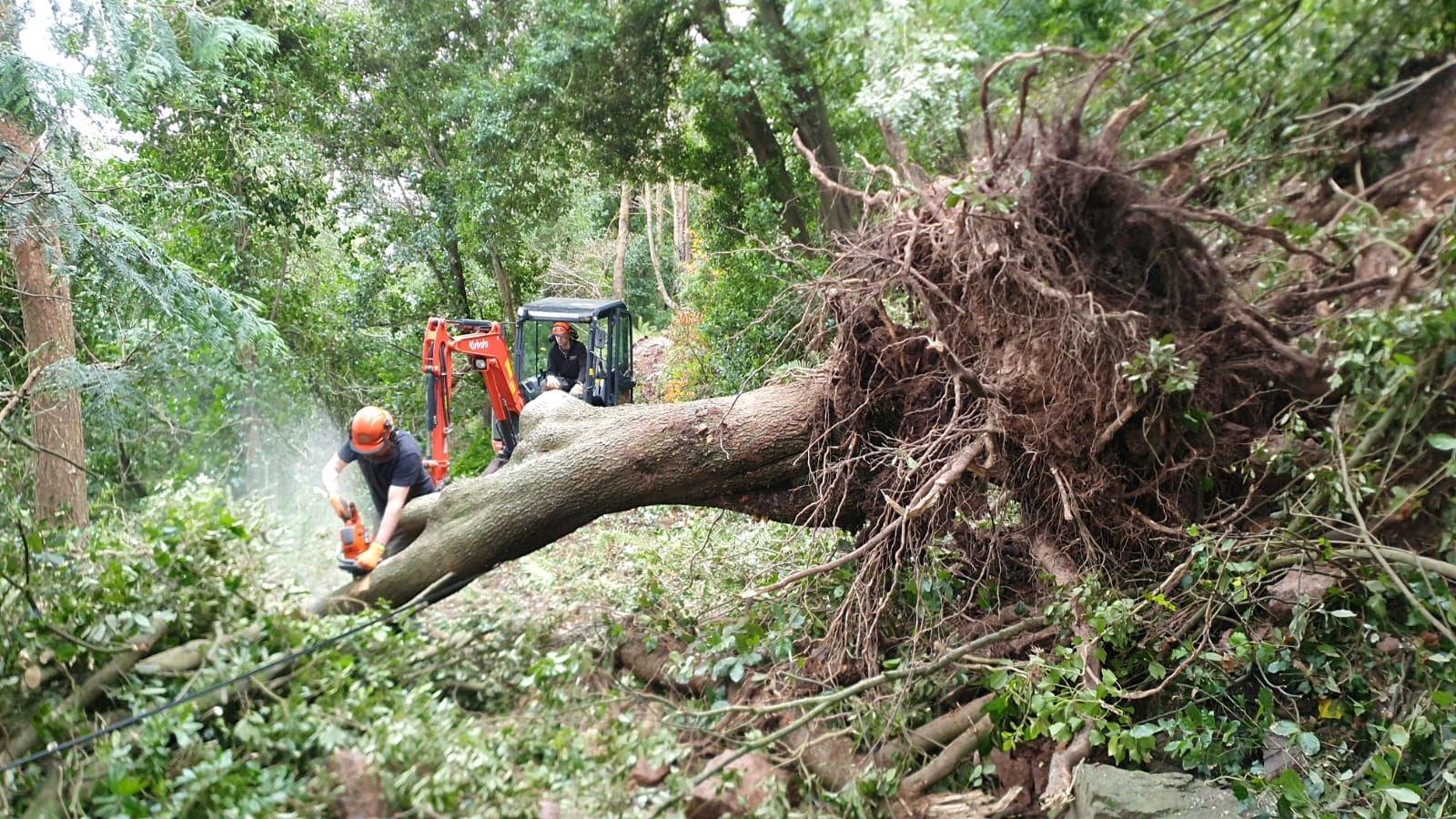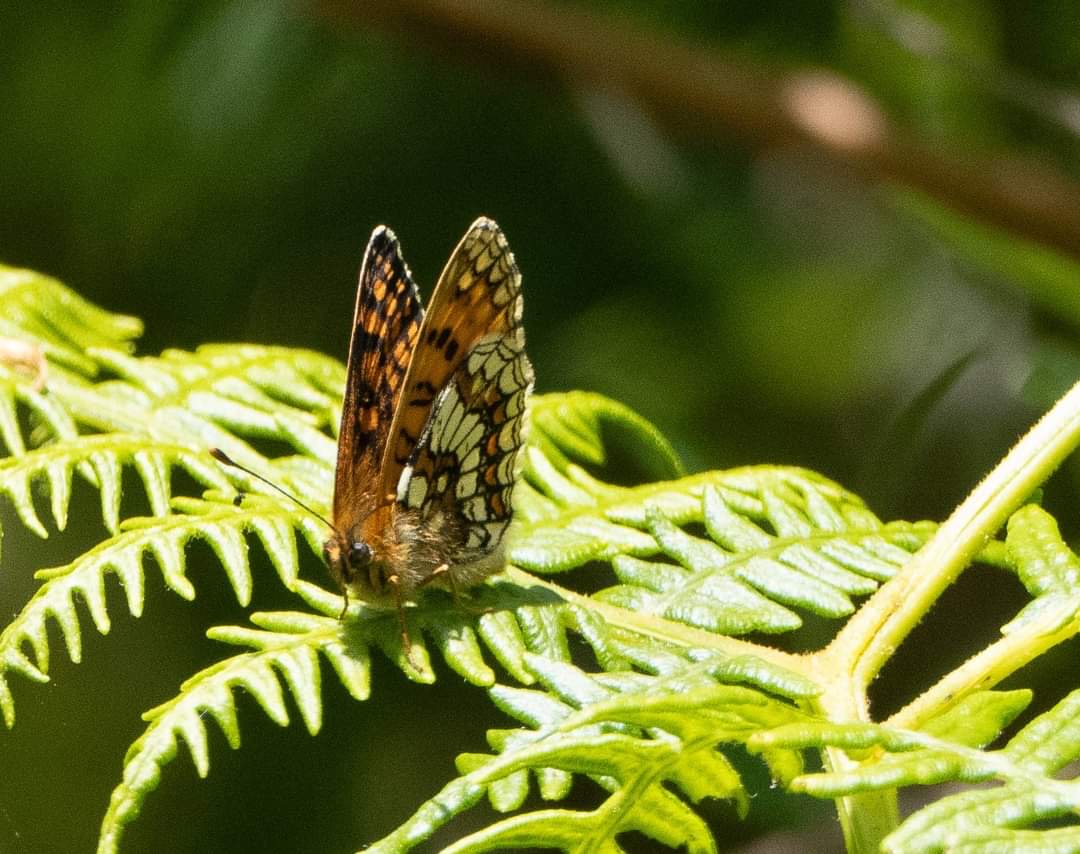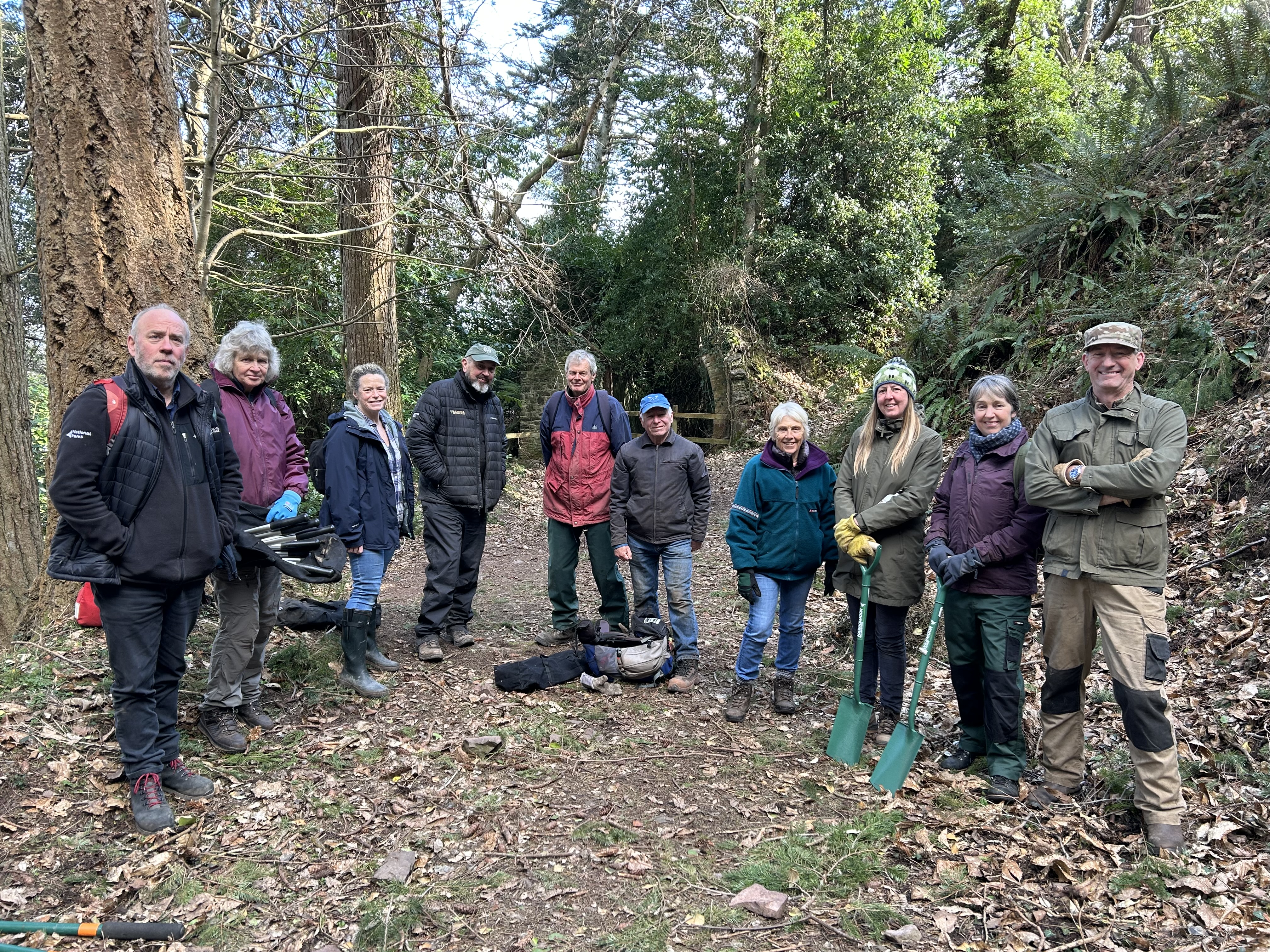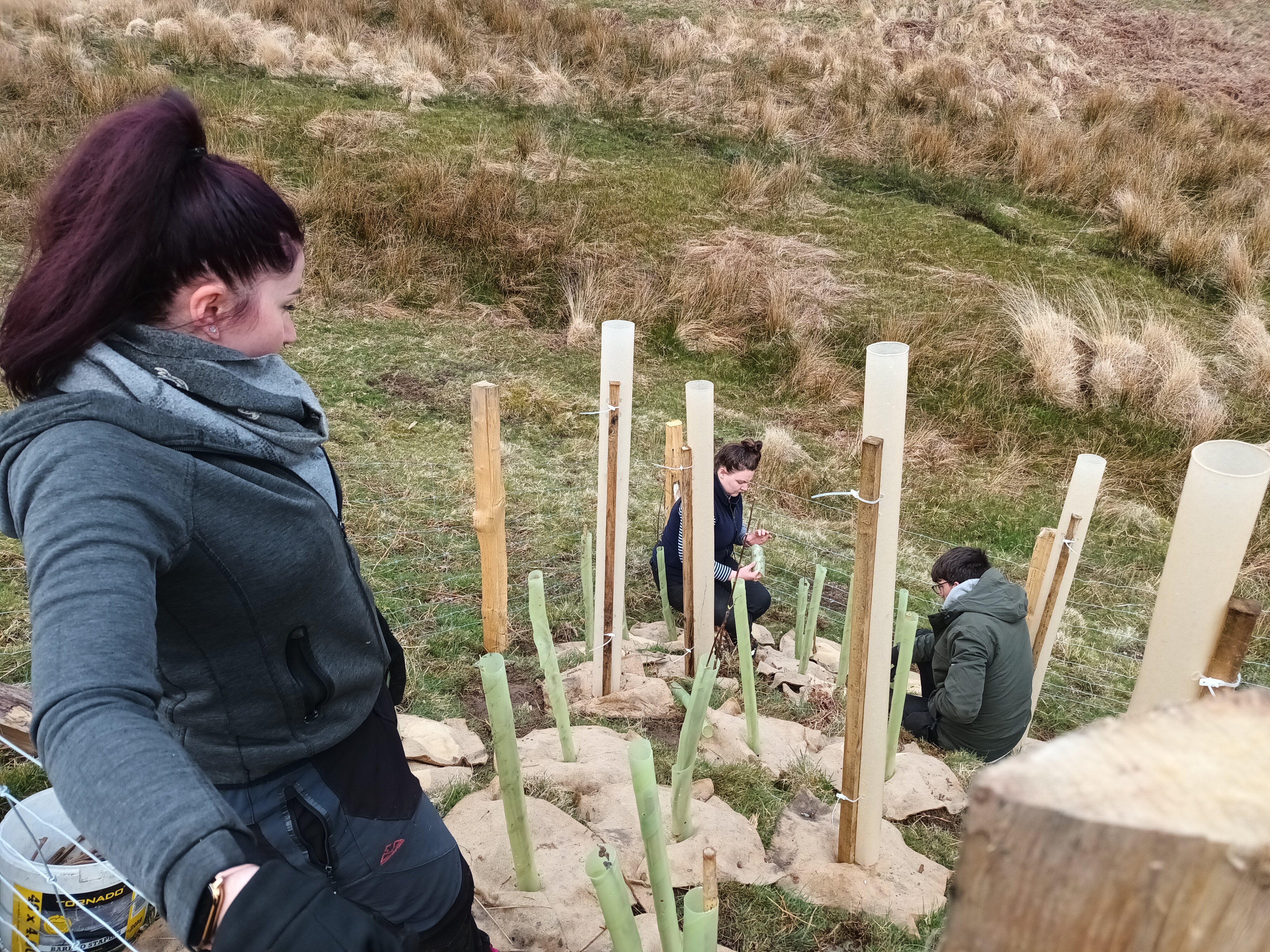Woodland Management
Exmoor National Park Authority (ENPA) is embarking on a programme of vital woodland projects across Exmoor this year, as part of its ongoing ambitions to help conserve rare and heritage species. As well as being beautiful natural structures, trees provide many environmental benefits. Capturing carbon, improving water quality, they’re a sustainable building material and tool for flood management.
Graeme McVittie is Senior Woodland Officer for Exmoor National Park and tells us more about plans to help our amazing Exmoor temperate rainforests.
You can hear more from Graeme in our Exmoor Woodland Diaries on YouTube

The significant damage and disruption Storm Darragh caused to Exmoor woodland has further intensified the need to manage, rejuvenate and expand the treescape, in line with government plans to increase tree cover to 16.5 per cent by 2050.
The clear up operation following Storm Darragh created a huge amount of work for ENPA, their partners and local landowners. Amongst the sad sight of fallen giants however, there is a silver lining:
We’ve learnt so much over the last few decades about the potential nature benefits of dead wood. It’s proved useful, not only re-purposed for local, sustainable timber, but for nature colonisation by invertebrates and dead wood-boring insects; there’s a whole ecosystem that can move in and take advantage of dead wood. Standing columns of damaged trees can be great habitats for birds like woodpeckers. In fact, the ENPA woodland team, with the help of specialist contractors, are working on the ‘veteranisation’ of certain trees to help support bats, birds and butterflies. Veteranisationinvolves strategic cutting of trees, to encourage fungi growth and to host insects, which in turn feed bats and birds like woodpeckers and pied flycatchers.
With extreme weather events on the rise, it’s vital we factor climate adaption into our approach. Woodland management is not just about increasing the number of trees it’s about resilience of the species we plant, flood management, supporting the migration of species live in our woodland, creating refuge for rare lichens.

ENPA are engaged in a long-term work in Culver Cliff wood and Hawkcombe Wood National Nature Reserve, to restore oak coppice. This will support the recovery of the rare Heath Fritillary butterfly, also traditionally known as the “Woodman’s follower". because of its habit of occupying recently coppiced areas. It has been breeding successfully in Hawkcombe for several years now. In 2023 they bred in particularly large numbers which resulted in a “super-dispersal” which helped establish new colonies up to 10km away.
Coppicing is an ancient system of woodland management where trees are cut close to the ground on a regular cycle. They regrow from dormant buds at the base of the stump (known as the ‘stool’) to create dense stands of multi-stemmed trees. The new stems grow back faster to provide a sustainable timber supply, rather than harvesting more mature, thicker branches. Oak is coppiced on 30-year cycle, willow might be coppiced every year or two, hazel every 7 years. Coppicing results in a woodland mosaic of different ages, heights and densities and is an incredibly rich habitat for birds, insects and plants.

ENPA is supporting a heritage woodland project that is part of a wider campaign to celebrate the pioneer of modern computing, Ada Lovelace and her influence on the Exmoor landscape. In the 1830s and 1840s, Ada spent her summer months each year at Ashley Combe, above Porlock Weir. Whilst on Exmoor, continuing her scientific work, she and her husband developed one of the South West’s first arboretums in the woods towards Culbone. Volunteers have been recruited to work on woodland clearance, to help rediscover the historic ‘Picturesque’ landscape that Ada helped to create.

The Woodland Team have been designing and trialing tree establishment methods, which aim to work more closely with natural processes. From capitalising on the soil micro-organisms which occur in natural tree colonisation, to deer protection using a product derived from lanolin – the fatty substance in sheep’s wool!
Conventional tree establishment techniques have relied on mass tree planting over quite large areas and a method of protection and maintenance which might not always be appropriate in more sensitive upland landscapes. The alternative methods we’re trialing here with researchers from Plymouth University, will hopefully result in a more sustainable and resilient outcome, at a pace more compatible with natural processes. We are familiar with the concept of ‘right tree right place’ – this is about right tree right pace.
One element of the project will involve introducing soil microorganisms which occur naturally to support tree establishment. The importance of these ‘mycorrhizal’ communities, and the role they play in supporting tree establishment and ultimately healthy woodland communities, is now much better appreciated. When trees are planted, some will have a pellet inoculated with woodland ‘mycorrhizae’, others will receive fungal-rich soil sourced from a local woodland, a third group will have activated ‘biochar’ added. Others will receive no treatment as a control – researchers from Plymouth University will monitor the effects of each.
“We will be designing the planting in such a way that trees can begin to naturally recolonise from nuclei or “seed islands”. Graeme continued. “This nucleation technique is a half-way-house between natural colonisation and conventional plantation techniques. This is often used in tropical forest restoration, where the absence of suitable seed trees rules out natural colonisation, but plantations might be difficult for various reasons. This approach gives nature a helping hand.
Protecting trees from the browsing effects of deer is a constant challenge to foresters. This is often achieved through fencing or tree tubes. Both work but neither are great solutions. This completely natural, biodegradable and non-toxic product made from lanolin (sheep fleece fat) does seem to work to deter deer, but we want to trial it at scale and establish the practicalities of repeat application over years until the trees are established.
We have an ambition to significantly expand our temperate rainforest on Exmoor. Ultimately this project is about restoring natural processes from a primary level, deploying more sustainable and appropriate protection and establishment methods. Rather than forcing solutions which ultimately don’t fit, it’s about providing the landscape with the resources and ability to regenerate, restore and adapt.

